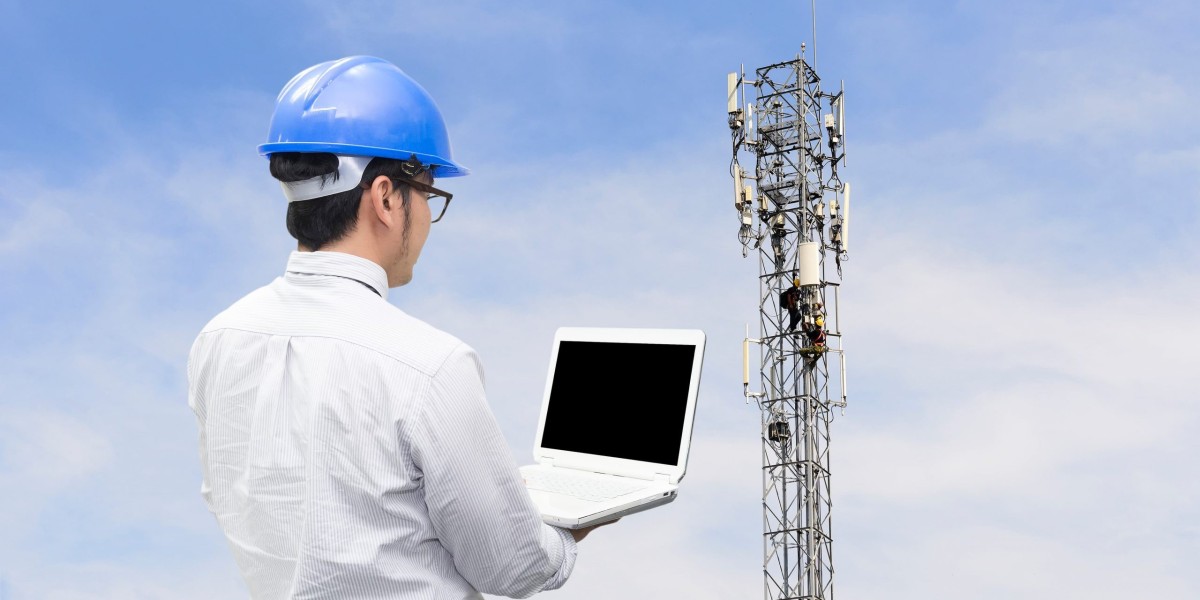The concept of smart cities has gained tremendous traction in recent years, promising to revolutionize urban living through technology and data-driven solutions. At the heart of these futuristic urban environments lies a robust and sophisticated telecommunication infrastructure.
This invisible yet indispensable network forms the backbone of smart city initiatives, enabling the seamless flow of information that powers everything from traffic management to energy conservation. Let's explore why this technological foundation is so crucial for the cities of tomorrow.
The Smart City Vision
Before getting into the importance of telecommunications, it's essential to understand what we mean by "smart cities." In essence, a smart city uses technology to enhance the quality of life for its residents, improve the efficiency of urban services, and create a more sustainable environment. This can manifest in various ways:
- Intelligent traffic management systems that reduce congestion and improve air quality
- Smart grids that optimize energy distribution and encourage renewable energy use
- Connected public services that streamline everything from waste management to emergency response
- IoT (Internet of Things) sensors that monitor air quality, water usage, and other environmental factors
- Digital platforms that enhance citizen engagement and government transparency
The Common Thread: Connectivity
What ties all these innovations together? The answer is connectivity. Each of these smart city applications relies on the ability to collect, transmit, and analyze vast amounts of data in real-time. This is where telecommunication infrastructure becomes critical.
The Foundation of Smart City Technology
A city's telecommunication network serves as the central nervous system for all smart technologies. It enables:
- Data Collection: IoT sensors and devices scattered throughout the city need a way to transmit the information they gather. Whether it's traffic flow data from intelligent streetlights or energy consumption metrics from smart meters, this data forms the raw material that fuels smart city innovations.
- Real-time Communication: Many smart city applications require instant data transmission. For example, a smart traffic management system needs up-to-the-second information to adjust signal timings and redirect traffic flows effectively.
- Big Data Analytics: The true power of smart cities lies in their ability to analyze vast amounts of data to derive actionable insights. This requires not just the collection of data but also the capacity to transmit it to centralized or cloud-based processing centers.
- Citizen Engagement: From mobile apps that allow residents to report issues to digital platforms for civic participation, smart cities rely on telecommunications to foster a more connected and engaged citizenry.
- Emergency Services: In crisis situations, robust communication networks are vital for coordinating response efforts and keeping citizens informed.
The Role of 5G and Beyond
As we look to the future of smart cities, the rollout of 5G networks and beyond will play a pivotal role. These next-generation networks offer several advantages:
- Increased Bandwidth: 5G can handle much more data than previous generations, enabling the deployment of more sensors and connected devices.
- Lower Latency: The near-instantaneous response times of 5G are crucial for applications like autonomous vehicles or remote surgery.
- Network Slicing: This feature allows for the creation of virtual networks tailored to specific applications, ensuring critical services always have the bandwidth they need.
- Massive Device Connectivity: 5G can support up to a million connected devices per square kilometer, perfect for densely populated urban areas.
The Human Element
While we've focused largely on the technological aspects of smart cities, it's important to remember that the goal is to improve the lives of citizens. Telecommunication engineering services play a crucial role in this regard, designing and implementing the networks that make smart city innovations possible. These professionals work behind the scenes to ensure that the complex web of connectivity functions smoothly, enabling the user-friendly applications and services that residents interact with daily.
As cities become smarter, there's an increasing need for digital literacy among citizens. Telecommunication infrastructure not only enables smart city technologies but also provides the platform for educational initiatives that can help bridge the digital divide and ensure all residents can benefit from these advancements.
Environmental Impact
Smart cities powered by robust telecommunication networks can greatly reduce urban environmental footprints. By optimizing energy usage, reducing traffic congestion, and enabling more efficient resource management, these technologies can play a crucial role in combating climate change and creating more sustainable urban environments.
For instance, smart grids enabled by advanced telecommunication networks can integrate renewable energy sources more effectively, balance supply and demand, and reduce overall energy consumption. Similarly, intelligent transportation systems can reduce emissions by optimizing traffic flow and promoting the use of public transit and shared mobility solutions.
The Future of Urban Planning
As telecommunication infrastructure becomes increasingly integrated into the fabric of our cities, it will fundamentally change how we approach urban planning and development. Future cities will likely be designed with connectivity in mind from the ground up, with telecommunication considerations playing a central role in everything from building design to public space layout.
This shift will require close collaboration between urban planners, architects, telecommunication engineers, and policymakers to create truly integrated smart city ecosystems. The cities that succeed in this integration will be better positioned to attract businesses, talent, and investment in an increasingly competitive global landscape.
Final Thoughts
The importance of telecommunication infrastructure in enabling smart cities cannot be overstated. As the invisible foundation upon which all smart city technologies rely, robust and advanced telecommunication networks are essential for realizing the full potential of urban innovation. From improving quality of life and enhancing sustainability to developing economic growth and citizen engagement, the benefits of investing in this critical infrastructure are far-reaching.
As we look to the future, it's clear that the most successful cities will be those that prioritize the development of their telecommunication capabilities. By doing so, they'll be laying the groundwork for a new era of urban living – one that's more efficient, sustainable, and responsive to the needs of its citizens.
While the challenges in implementing these systems are significant, the potential rewards make the effort worthwhile. As technology continues to evolve and new innovations emerge, the role of telecommunication infrastructure in shaping our urban future will only grow in importance. For city leaders, policymakers, and citizens alike, understanding and supporting the development of this critical infrastructure is key to building the smart, sustainable cities of tomorrow.



